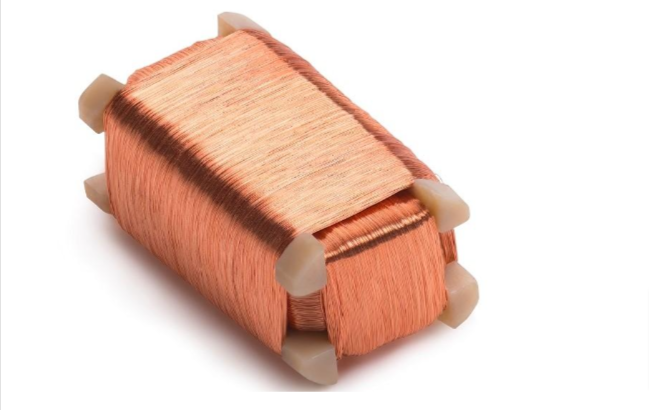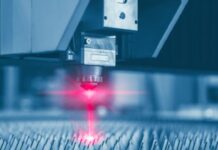When it comes to producing some tiny devices, such as transformers, inductors, sensors, or electromagnets, electromagnetic coils or micro-coils are the most essential elements of these devices. Even though there are multiple applications of micro-coils in different industries, the major applications of these coils, you will find in the medical field. Micro-coils have substantial applications in the production of medical sensors.
Micro-coils or electromagnetic coils follow the mechanism of Ampere’s law. This law states that when electricity flows across a conductor, this results in the generation of a magnetic field around the conductor. Manufacturers employ ultra-fine wires with high conductivity as the conductor. Because of its high conductivity, copper ultra-fine wires are preferred by most manufacturers. Nevertheless, based on the application area and the needs of the customers, manufacturers can also use other metals, such as stainless steel, aluminum, titanium, and other precious metals.
Ultra-Fine Wire Winding Technology:
Ultra-fine wire technology is significantly important for the generation of a concentrated magnetic field. To prepare the micro-coils using this technology, manufacturers need to wind the ultra-fine wire around a core with numerous turns placed side-by-side. Depending on the purpose of use, manufacturers can prepare coils in different shapes, such as a spiral, circular, or helix. To design the shape of the coils, the major parameters that the manufacturers consider are resistance, strength, and inductance of the magnetic field. During the winding process, either the employ of an electric flow across the wire results in the generation of a magnetic field around the wire or an external magnetic field across the coil’s interior causes the development of n electricity along the wire.
Methods and Machinery:
As far as it is about conducting the coil winding process, we can do that with our hands. This process requires customized and specialized equipment. For the mass production of electromagnetic coils, the use of automated machinery is also essential. Considering the coils’ geometry, the coil winding process can be of different types, such as orthocyclic, helical, jumble, and wild.
The production of helical coils involves continuous switching of the directions. However, this process can only include a little number of layers as the structure becomes tight and thick after the inclusion of certain layers. The orthocyclic winding method is the most efficient method for winding coils. In this process, the upper layers take place at the channel between two lower layers. This method helps to minimize the required space and increase efficiency. Because of the good distribution of heat and magnetic field strength, these methods are effective for several application areas.
Challenges:
In the manufacturing of coils, the most critical challenge is the size constraints. To get rid of this constraint, manufacturers use ultra-fine wires. However, the use of ultra-fine wires is itself very challenging. Manufacturers need to restore the wires from reaching the isolation breaking point. During the winding process, developing a connection between two ultra-fine wires is quite challenging. For providing effective connectivity solutions, most manufacturers use the thermal compression bonding method which can build reliable and corrosion-free joints.


















